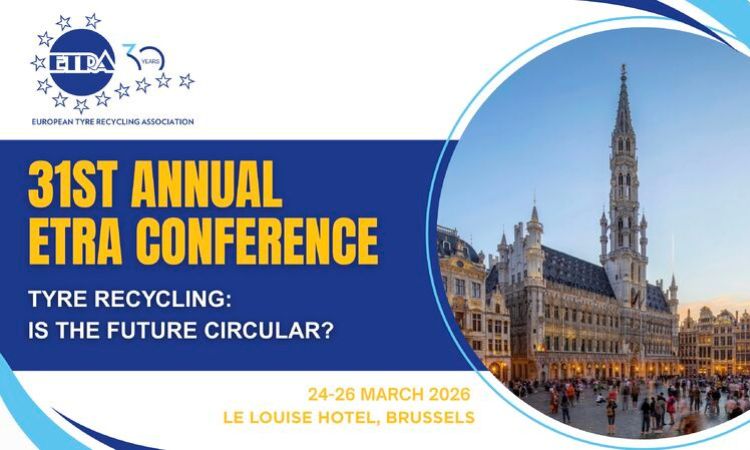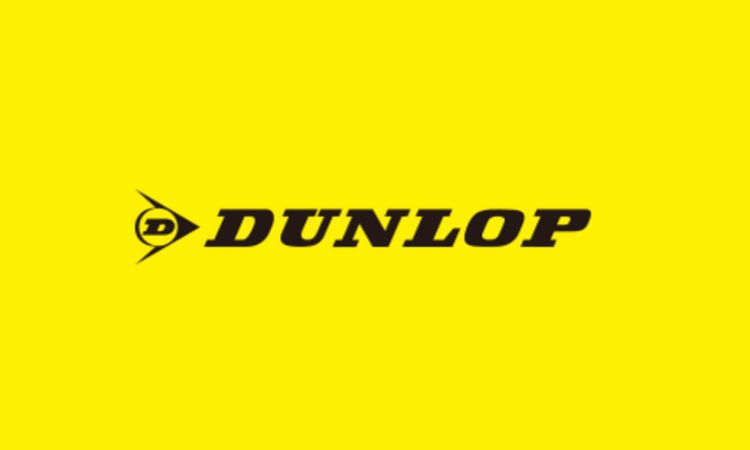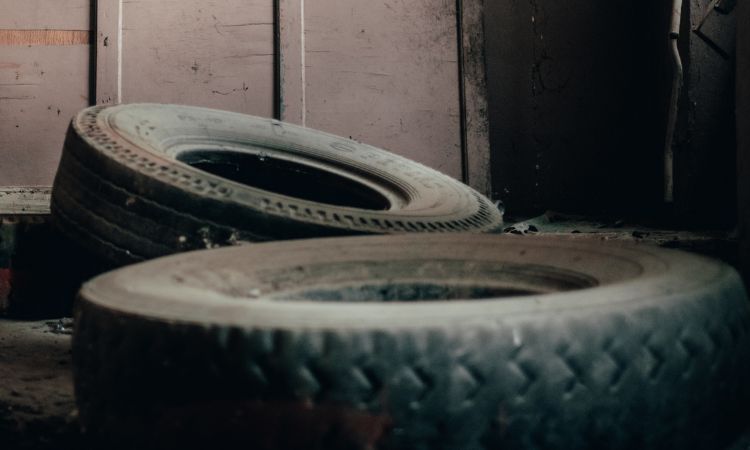Weibold Academy: REACH, recovered carbon black manufacturer’s obligations – EU regulation (part IV)
Weibold Academy article series discusses periodically the practical developments and scientific research findings in the end-of-life tire (ELT) recycling and pyrolysis industry.
This article is a review by Claus Lamer – the senior pyrolysis consultant at Weibold. One of the goals of this review is to give entrepreneurs in this industry, project initiators, investors and the public, a better insight into a rapidly growing circular economy. At the same time, this article series should also be a stimulus for discussion.
Obligations under REACH
The European Chemicals Agency (ECHA) is a legally autonomous, independent EU authority which, in accordance with Regulation (EC) No. 1907/2006 (REACH), regulates the technical, scientific, and administrative aspects of registration, evaluation and authorization of chemicals. It is based in Helsinki, Finland, and ensures the registration, evaluation, authorization, and restriction of chemicals in a uniform procedure within the European Union. ECHA started its work in 2007.
The purpose of the REACH Regulation ((EC) No. 1907/2006) is to ensure a high level of protection of human health and the environment, including the promotion of alternative methods for assessment of hazards of substances, as well as the free circulation of substances on the internal market while enhancing competitiveness and innovation. (Article 1(1))
The provisions laid down in REACH applies to the manufacture of recovered Carbon Black (rCB). As soon as a material ceases to be waste, REACH registration requirements apply in the same way as to any other material, with a few exceptions granted conditionally.
REACH defines manufacturing as “production or extraction of substances in the natural state” (Article 3(8)). Substances that have undergone a chemical modification during the waste and recovery process clearly fulfil this definition. Therefore, a recycler of end-of-life tires (ELT) who recovers chemical substances (oil and rCB) by means of a selected chemical recycling technology (pyrolysis) becomes a manufacturer of substances and a REACH duty-holder.
An introduction to the obligations of a chemical recycler of ELTs can be found here.
Exemption from the requirement to register under REACH
Substances, on their own, in mixtures or in articles, which have been registered in accordance with Title II and which are recovered in the European Community are exempted (from the requirement to register) if the result from the recovery process is the same as the substance that has been registered before in accordance with Title II; and the information required by Articles 31 or 32 relating to the substance that has been registered in accordance with Title II is available to the establishment undertaking the recovery. (Article 2(7)(d))
“Sameness” of recovered Carbon Black (rCB) and CAS # 1333-86-4 (CB)
Article 2(7)(d)(i) of REACH provides that the substance that results from the recovery process is the same as the substance that has been registered by any registrant. This part of the legal text comprises two requirements: The exemption relies on an (a) existing registration, and the recovered substance (b) is the same as the substance that has been registered.
In assessing whether the recovered substance is the same as a substance that has already been registered, recovery operators need to apply the rules of the guidance on substance identification. The decision must be based on the sameness of the main constituents. Information about the impurities in principle does not change the conclusion about the sameness.
The assessment about the “sameness” of the recovered substance needs to be made by the chemical recycler themselves using all the available information such as the Guidance for identification and naming of substances under REACH. There is no confirmation given on “sameness” by the European Chemicals Agency!
The importance of “Information” required to benefit from the exemption
To benefit from the registration exemption under Article 2(7)(d) of REACH, the required safety information in the framework of Title IV of REACH must be available to the chemical recycler.
This means that the chemical recycler must have available one of the following, depending on the case:
- a Safety Data Sheet (SDS) as required by REACH, on the registered substance, with the annexed exposure scenarios, if applicable, for the registered substance; or
- other information sufficient to enable users to take protection measures, as required by Article 31 (4) of REACH, for the registered substance in case no SDS is required; or
- the registration number, if available, the status of the substance under the authorisation part of REACH, details of any applicable restrictions under REACH and information necessary to allow appropriate risk management measures to be identified and applied, as required in accordance with Article 32 (1) of REACH. With exception of the Safety Data Sheet (SDS), the form in which this information must be available to the company carrying out the recovery is not further specified in this provision, but this provision aims at allowing recovery operators to comply with their duties under Title IV of REACH.
Such information only needs to be available for substances including their impurities. Information for the impurity on its own does not have to be available.
Furthermore, whenever required, a chemical recycler need to either prepare a Safety Data Sheet (SDS) for the recovered Carbon Black (SDS) themselves or agree with owners of existing SDSs on using those Safety Data Sheets.
As there are no further legal provisions on this, the recovery operator can use any available information, starting with the information on the ECHA website and published in accordance with Article 119 of REACH, but must make sure that he does not violate any property rights. When using an existing safety information, the chemical recycler should, therefore, make sure that he has legitimate access to the information, and that the hazard profile of his recovered substance is adequately covered.
When using an existing SDS, the manufacturer of recovered Carbon Black should, therefore, make sure that he has legitimate access to the information, and that the hazard profile of his recovered substance is adequately covered by this SDS. The same applies to other safety information, if required. Discussions on the use of such information can, for example, take place within the Substance Information Exchange Forum (SIEF). Provisions can be made in the SIEF agreement on how the necessary information can be provided to the recovery operator without violating property rights. The activities within SIEFs are outside the remit of ECHA, and recovery operators are advised to contact the relevant industry associations which could play an important role in preparing standard information for their members.
Companies undertaking recovery operations and wishing to avail themselves of this exemption are advised to ensure that the information on the registered substance, which was put together to comply with the REACH Regulation, is available to them as well to properly document that they can rely on the exemption via Article 2(7)(d) of REACH.
If a recovery operator is unable to access the relevant information on the same substance already registered, he cannot rely on the exemption under Article 2(7)(d) of REACH and must register the recovered substance.
The Carbon Black REACH Consortium (SIEF)
The extensive technical dossier (lead) was first filed on January 26, 2009, by the then acting lead registrant for the carbon black joint submission, Evonik Degussa GmbH. It was confirmed to be technically complete by ECHA on May 6, 2009.
On March 15, 2018, ECHA accepted an update of the lead dossier. The Carbon Black for REACH Consortium including the current lead registrant (Orion Engineered Carbons GmbH) had decided to update the lead dossier due to the upgrade of the IUCLID tool from IUCLID 5 to IUCLID 6 and the REACH-IT associated upgrades as well as due to the listing of Carbon Black on the Community Rolling Action Plan(CoRAP) for evaluation in 2019 by the French Competent Authority (ANSES). Therefore, it is possible that additional tests will be requested because of the substance evaluation process. The results of any tests mandated through the substance evaluation process will be included in the technical part of the dossier as a robust study summary.
The following companies are members of the Consortium:
- Cabot Corporation
- Cancarb Limited
- Birla Carbon
- Continental Carbon Company
- Orion Engineered Carbons GmbH (lead registrant)
- Tokai Carbon CB Ltd.
- Imerys Graphite & Carbon
On this basis these companies decided to form a consortium (Substance Information Exchange Forum (SIEF)) with the purpose of preparing the Carbon Black registration dossier for a joint submission of data according to Article 11 of the Regulation.
How to access the information in the lead dossier
The lead dossier is a full package available for various tonnage bands of production capacity. The letter of access (LoA) grants the right to refer to all data contained in the technical part of the lead dossier.
Buyers will be provided with:
- an LoA to the technical dossier
- an electronic token for becoming a member of the joint submission via IUCLID
- an electronic copy of the chemical safety report (CSR) in pdf format (only for tonnages >=10 t/a).
The LoA grants a right to refer to the data but does not grant access to the data itself. That means that the buyer will have no access to the full study reports and the LoA is not supplemented by study summaries. However, the robust study summaries of the studies in the dossier are available via the ECHA webpage. Furthermore, the Chemical Safety Report (CSR) contains summaries of the key studies in the IUCLID 6 dossier, and the list of uses is, to the best knowledge of the members of the Consortium, exhaustive.
The cost of the letter of access (LoA) – if a joint submission under REACH is required - varies depending on the production capacity and range from EUR 59,500 for a production range of 10 - 100 tons per year to EUR 173,500 for a production capacity of over 1,000 tons per year.
Summary
Chemical recyclers of ELTs manufacture two products that require registration, namely pyrolysis oil from waste rubbers and tires (EC Number 948-949-8), and recovered Carbon Black (CAS Registry Number 1333-86-4).
In both cases, the exemption from the registration requirement could be invoked, provided the “sameness” of the substances is ensured; and the information required by REACH about this substance is available to the chemical recycler without violating any property rights.
Although the recovery operator can use any available information, starting with the information on the ECHA website, it must be ensured that no property rights are violated.
Unless other legitimate sources are available for the REACH requested information, it is therefore advisable to seek advice and budget for the associated costs.
Weibold is an international consulting company specializing exclusively in end-of-life tire recycling and pyrolysis. Since 1999, we have helped companies grow and build profitable businesses.









